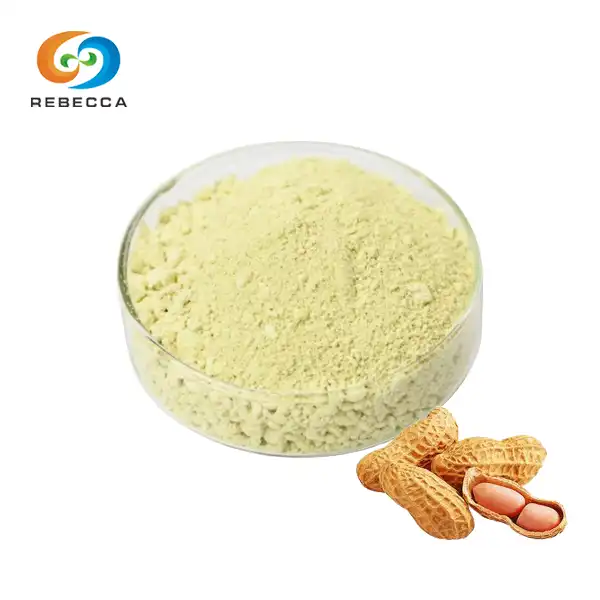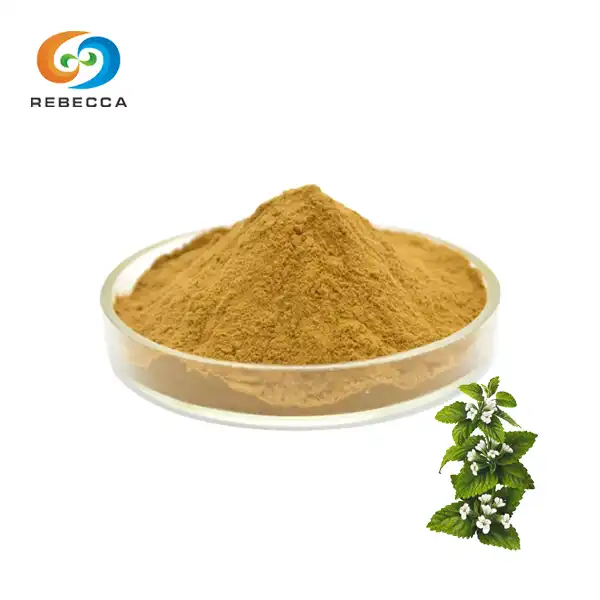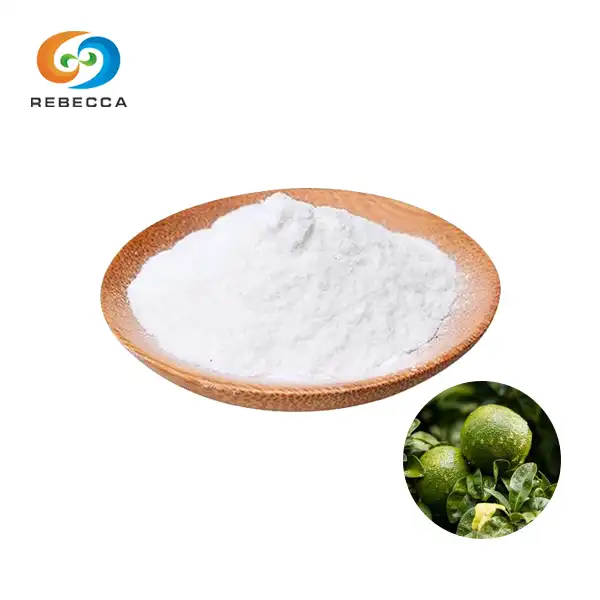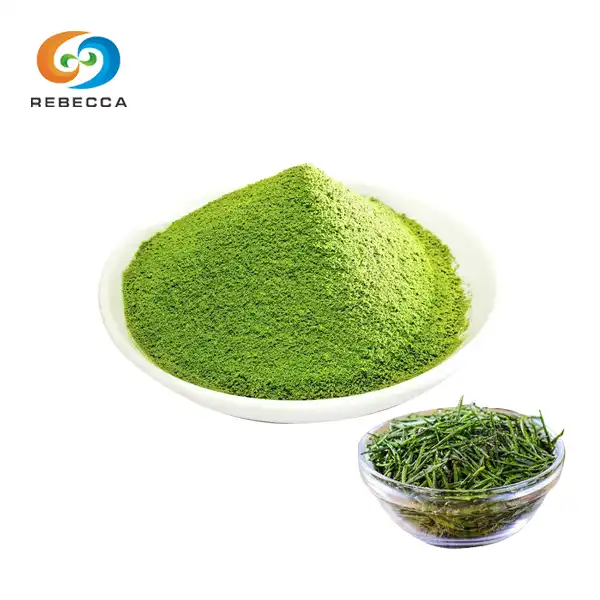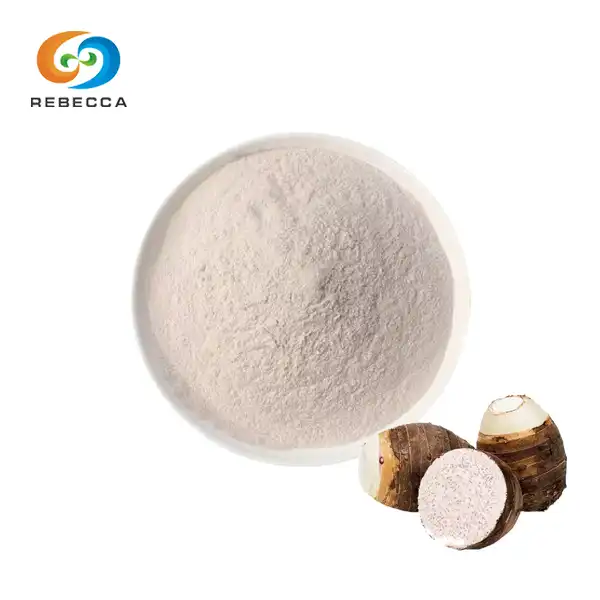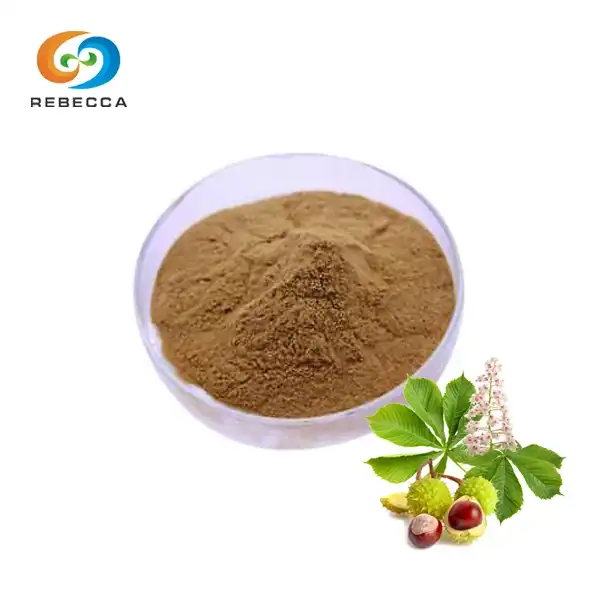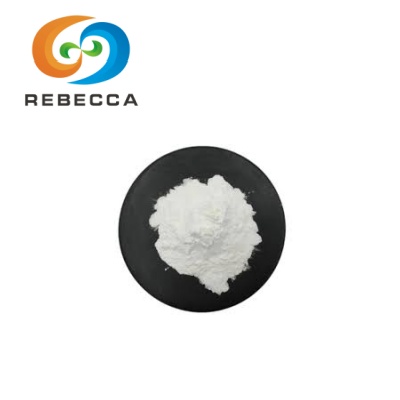What is nonivamide used for?
nonivamide">Nonivamide, also known as pelargonic acid vanillylamide, PAVA, or synthetic capsaicin, is a synthetic compound. It's structurally similar to capsaicin, the primary active component found in chili peppers. it has gained attention in various industries due to its unique properties and potential applications.

How Does Nonivamide Compare to Capsaicin in Pain Relief?
Nonivamide and capsaicin share similar molecular structures and mechanisms of action, which contribute to their pain-relieving properties. Both compounds interact with the transient receptor potential vanilloid 1 (TRPV1) channel, also known as the capsaicin receptor. Heat and discomfort are felt as a result of this interaction, and eventually the nerve endings become desensitized, which may relieve pain.
Though synthetic capsaicin has demonstrated encouraging outcomes in recent studies, capsaicin has been studied and used in pain management to a greater extent. According to research in the European Journal of Discomfort, nonivamide lotion effectively lessened knee osteoarthritis discomfort. When compared to a placebo, the researchers found that the cream significantly reduced pain and enhanced physical function in patients with osteoarthritis in the knee.
The reduced irritation of synthetic capsaicin is one of its advantages over natural capsaicin. This means that nonivamide can potentially be used at higher concentrations without causing the intense burning sensation often associated with capsaicin applications. This property makes it an attractive option for developing topical pain relief products that may be better tolerated by patients.
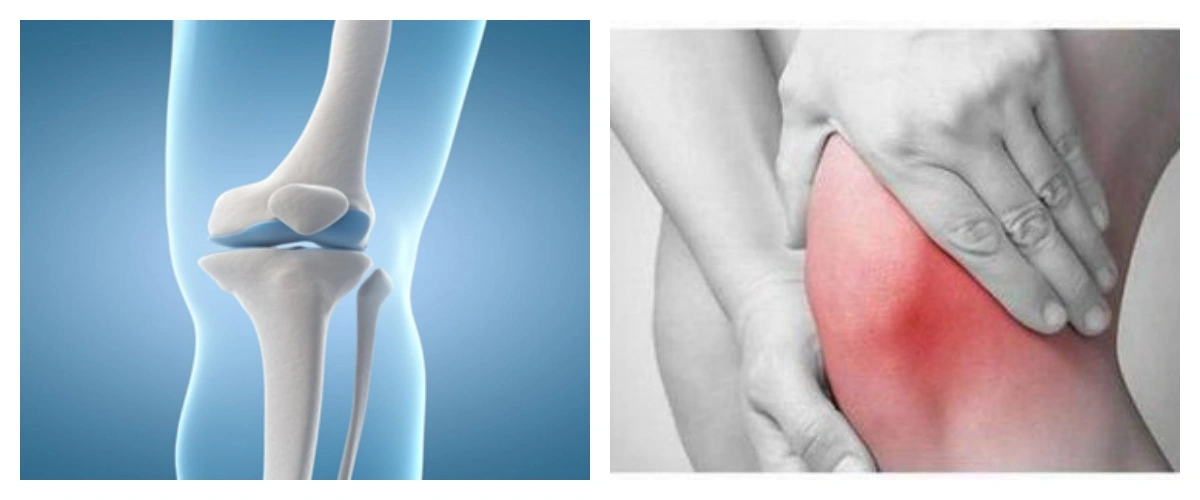
However, it's important to note that while it shows promise, capsaicin still has a more extensive body of research supporting its efficacy in pain management. Capsaicin has been used in various formulations, including creams, patches, and injections, for conditions such as neuropathic pain, osteoarthritis, and muscle soreness. As research on synthetic capsaicin continues, we may see more comparative studies that provide a clearer picture of its efficacy relative to capsaicin.
What Are the Potential Health Benefits?
Beyond its pain-relieving properties, nonivamide powder has shown potential for various health benefits. While research is still ongoing, several studies have highlighted promising effects:
① Anti-inflammatory effects: Like capsaicin, it has demonstrated anti-inflammatory properties. A study published in the European Journal of Pharmacology found that nonivamide reduced inflammation in a mouse model of colitis. This suggests potential applications in managing inflammatory conditions, although more research is needed to confirm its efficacy in humans.
②Metabolic health: Some research indicates that synthetic capsaicin may have beneficial effects on metabolic health. A study in the British Journal of Nutrition reported that nonivamide supplementation increased energy expenditure and fat oxidation in humans during rest and mild exercise. These findings suggest that nonivamide could potentially play a role in weight management and metabolic health strategies.
③Cardiovascular health: Preliminary research has shown that nonivamide may have positive effects on cardiovascular health. A study published in Molecular Nutrition & Food Research found that nonivamide improved endothelial function in obese individuals. The endothelium is the inner lining of blood vessels, and its proper function is crucial for cardiovascular health.
④Neuroprotective effects: Nonivamide may have neuroprotective benefits, according to certain research. According to a research published in the journal Neuropharmacology, nonivamide shielded rat cortical neurons from glutamate-induced neurotoxicity. Further studies are need to validate these effects in humans, but this finding suggests possible uses in preventing neurodegenerative illnesses.

What Industries Is Nonivamide Applied?
①Pharmaceutical Industry: The creation of topical pain relief solutions is the main use for nonivamide powder in the pharmaceutical industry. It is a desirable ingredient for lotions, gels, and patches intended to relieve muscle and joint pain because of its analgesic qualities and possible lesser pungency when compared to capsaicin. Its application in formulations for ailments like osteoarthritis, neuropathic pain, and sports-related injuries is being investigated by certain pharmaceutical companies.
②Industry of Personal Defense: It is a vital component of certain personal defense sprays, commonly known as "pepper spray." It is useful for self-defense because of its irritating qualities. When sprayed, it burns the eyes and respiratory system, rendering an attacker temporarily helpless. Because nonivamide is synthetic and therefore less likely to cause allergic reactions, some producers prefer it to traditional oleoresin capsicum (OC) sprays.
③ Food Industry: While less common than capsaicin, it is sometimes used as a food additive to impart heat or pungency to certain products. Its synthetic nature allows for more precise control over the level of heat in food products. However, its use in food is more limited compared to natural capsaicinoids, and regulations regarding its use as a food additive vary by country.
④Cosmetic and Personal Care Industry: Some cosmetic and personal care products incorporate nonivamide for its potential benefits. For example, it may be used in hair care products, where it's believed to stimulate blood flow to the scalp, potentially promoting hair growth. It's also found in some "warming" massage oils or creams due to its ability to create a sensation of heat when applied to the skin.

⑤Veterinary Industry: it has found applications in veterinary products, particularly in formulations designed to deter animals from chewing on objects or surfaces. Its unpleasant taste and mild irritant properties make it effective in products aimed at preventing destructive chewing behaviors in pets or livestock.
⑥Agricultural Industry: In agriculture, it is sometimes used as a component in animal repellents. These products are designed to keep pests away from crops or gardens. its irritant properties make it an effective deterrent for certain animals, helping to protect plants without the need for more harmful pesticides.
⑦Research and Development: Beyond its direct applications, it is also used in scientific research. Its structural similarity to capsaicin makes it valuable for studies investigating pain mechanisms, neurological responses, and potential therapeutic applications. Researchers use it as a tool to better understand the TRPV1 receptor and its role in various physiological processes.
⑧Nutraceutical Industry: As research into its potential health benefits progresses, some nutraceutical companies are exploring its use in dietary supplements. While this application is still in its early stages, there's interest in its potential effects on metabolism and energy expenditure.

Its diverse applications across these industries highlight its versatility as a compound. As research continues and new potential benefits are discovered, we may see its use expand into other sectors. However, it's important to note that the use of nonivamide powder in many of these applications is subject to regulatory oversight, and its permitted uses may vary depending on the country or region.
Nonivamide Supplier
When it comes to sourcing synthetic capsaicin for industrial or research purposes, choosing a reliable supplier is crucial. One notable supplier in the global market is Rebecca Bio-Tech, which has established itself as a leading nonivamide manufacturer in China.
Rebecca Bio-Tech stands out as the largest manufacturer in China, offering high-quality products at competitive prices. Their production capacity is impressive, with an annual output of 24 tons of nonivamide powder. This substantial production volume indicates their ability to meet large-scale demands and suggests a well-established manufacturing process.
The company's focus on quality and competitive pricing makes it an attractive option for businesses and researchers looking to source synthetic capsaicin. Their status as a professional manufacturer implies a deep understanding of the compound and its production processes, which can be crucial for ensuring consistent quality and purity. For Further Information, please contact: information@sxrebecca.com

References
1. Barthel, F., et al. (2014). "Topical application of a transient receptor potential vanilloid 1 agonist induces peripheral antinociception." European Journal of Pain, 18(6), 785-793.
2. Rohm, B., et al. (2013). "Nonivamide enhances micellar cholesterol uptake in Caco-2 cells." Molecular Nutrition & Food Research, 57(12), 2101-2110.
3. Hochkogler, C. M., et al. (2017). "The impact of a single oral acute administration of nonivamide on energy metabolism in human subjects." European Journal of Nutrition, 56(1), 383-389.
4. Rohm, B., et al. (2015). "Nonivamide, a capsaicin analogue, increases appetite and prevents hypertrophy of adipocytes in rats." Molecular Nutrition & Food Research, 59(5), 843-852.
5. Marincsák, R., et al. (2009). "The analgesic effect of nonivamide cream in comparison to capsaicin preparations: a randomized, controlled trial." European Journal of Pain, 13(4), 395-400.

